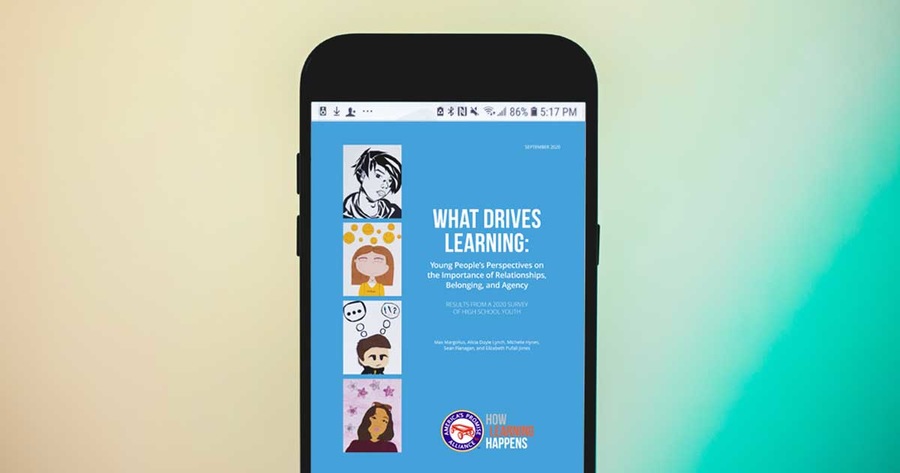Within the report, you'll read findings that highlight the effect that supportive relationships, a sense of belonging, and feelings of agency can have on students' self-reported engagement and learning in school—an affirmation of what afterschool professionals and leaders have heard from many young people throughout 2020.
Some key takeaways from the report include:
- Supportive relationships from multiple sources have independent and additive positive effects on young people's reported engagement and meaningful learning. This is true whether the source of support is adults or peers, and whether the relationship is linked to experiences during school or in an out-of-school time environment.
- Supportive relationships combined with feelings of belonging or agency amplify the positive association between relationships and reported engagement and meaningful learning.
- Most high school age youth do not report experiencing many of the conditions that support their social, emotional and cognitive learning.
- For those who do experience those four supportive conditions (i.e., relationships, belonging, agency, and meaningful learning), there are notable disparities by gender, first language, parent education, race, and urbanicity.
To read the report in its entirety, visit America's Promise Alliance.
Courtesy of NAA.




